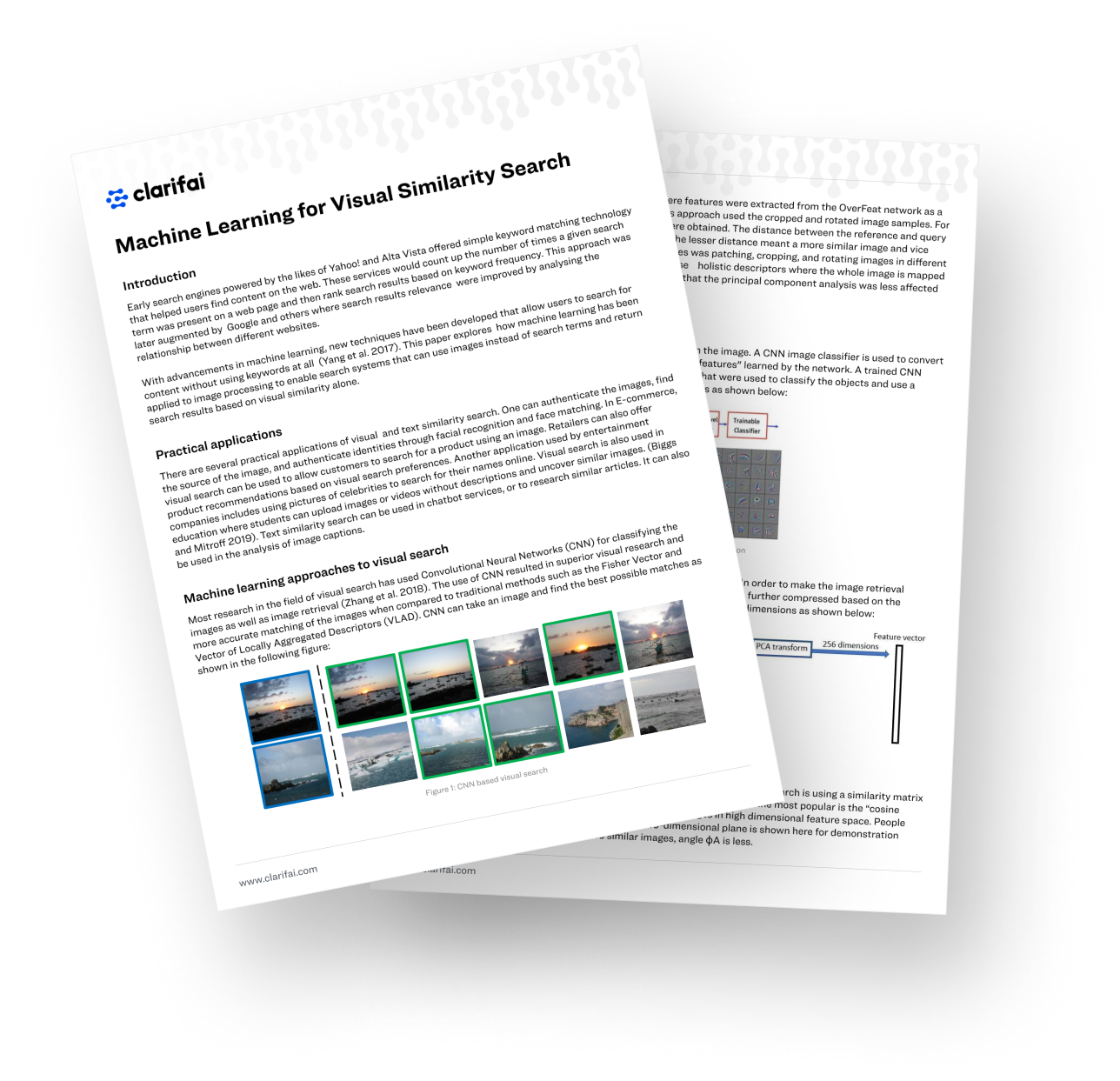You’re likely reading this article because some algorithm brought you to it. Maybe it was through a search engine like Google, who now uses ML to tailor search results. Or think about a social platform like Facebook, machine learning tailors your feed to your precise interests and behavioral patterns. If you use a smartphone, machine learning is what lets you search for keywords in your photo app, allowing the device to know which pictures are of “trees” and which ones are of “cats.” Google’s photo app even proactively combines similar photos in time and subject matter to periodically offer pre-made movies for you.
When you buy something online, machine learning likely leads you to find that specific item, and then your credit card company uses machine learning to decide if the transaction is fraudulent. The stock market is chock full of ML algorithms trading with other ML algorithms. Now, customer service uses helpful little chatbots willing to automate every journey of your customer support experience. Since the world is full of these machines that have somehow studied their way into usefulness, let’s see how they work.
Machine Learning vs. Programming
Computer programs have traditionally been built upon rules-based logic that provide computers with very specific instructions about what they should be doing. This rules-based approach usually contains a complex system of conditional statements, like “if this, then that.” For example, a video game might contain instructions to shoot a laser when a given button is pressed. Even the device you’re using to read this blog article is full of rules-based logic.
But there are limitations to this rules-based approach. For one, it’s not very intelligent. With rules-based programming, you have to provide explicit instructions for absolutely everything you want your computer to do. It turns out that this is a very painstaking process, and for complex problems like interpreting images or understanding natural human language, the rules-based approach to programming has made relatively little progress over the years.
The fact is that many problems are too difficult to program using regular programming. Enter machine learning. It focuses on the use of data and algorithms to imitate the way that humans learn, gradually improving its accuracy, just as a human does when learning something new. With ML, computers are given huge amounts of “training” data which they use to learn how to perform a given task.
The three main types of machine learning models
Supervised learning
This is the type of machine learning that is most similar to the way humans learn. You give the computer a bunch of labelled training data, and the data acts as the teacher telling it what to learn. For example, you can give it 1,000 photos of houses and tell it “these are houses,” and another 1,000 photos without houses, and tell it “these are not houses,” machine learning algorithms can identify patterns in data. As similar photos are fed into the algorithm, it will begin to understand whether a house is present it or not. In other words, historic data contains correct answers, and the task of the algorithm is to find them in the new data. Common use cases for supervised learning are predicting future trends in prices, sales and stock trading based on past data.
Unsupervised learning
This type of machine learning looks at a big set of unlabelled and unclassified data and makes inferences on it based on its structure. Basically, the machine is left on its own to find patterns in the data. It groups unsorted information according to similarities and differences even though there are no categories provided. It’s commonly used in the fields of digital marketing and advertising and is essentially useful in recommender systems. Amazon and Netflix make very effective use of machine learning to power product recommender systems. They use ML to look at data to find patterns of similarities of peoples’ preferences for products and media consumption. You’ve likely seen this as “People who viewed this product, also viewed this one.”
Reinforcement learning
In reinforcement learning, computers are trained on a reward and punishment mechanism. RL is a complex and challenging method, but can deliver impressive results for some use cases by learning via interaction and feedback; trial and error. The machine is rewarded for correct moves and punished for the wrong ones. In doing so, the agent tries to minimize wrong moves and maximize the right ones.The machine can begin to perceive and interpret its environment and take actions and interact with it. One remarkable application of reinforcement learning is AlphaGo Zero, a model that drives the game “Go.” Using reinforcement learning, AlphaGo Zero was able to learn the game of Go from scratch. It learned by playing against itself, and after 40 days of self-training, Alpha Go Zero was able to outperform a previous iteration of Alpha Go — one which had defeated the world champion.
The Future
Machine learning is expected to grow in the U.S. alone from what was $1.03 billion USD in 2016 to $8.81 billion USD by 2022. Machine learning driven solutions are present in countless customer experiences, and their competitive edge is increasing as big players like Google, IBM and Microsoft continue to make advancements in this field.





